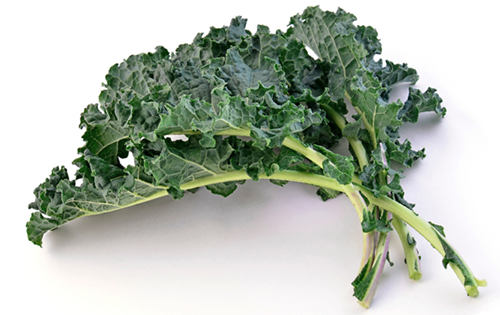
Dwarf Siberian Improved Kale produces large, deeply cut, frilled leaves that are blueish-green in color. The long stalks are excellent for salads.
“Siberian Kale” was mentioned as early as 1856, but didn’t appear in American seed catalogs until the 1880s where it was listed as “German Greens.” By 1890, the seeds became known as "Dwarf Siberian Improved."
Plant seeds directly in the garden in early spring or late summer. Alternatively, start seeds in trays indoors four to six weeks before the last frost. Plant in a sunny spot with rich, well-drained soil and allow plants to weather a light frost to sweeten the leaves. Sow in August for a tasty fall crop.
This variety can be harvested early for baby greens (tender leaves that go well in fresh salads) or at full maturity to be used in smoothies or salads. Use a sharp knife or garden shears to cut kale leaves about 1 inch from the central stalk.
Kale cross-pollinates with broccoli, cauliflower, and collards and should be isolated from these plants to preserve genetic purity. Kale must overwinter before producing seed; since it survives cold, a thick layer of mulch should protect it sufficiently even in colder climates. In the spring, allow it to flower and go to seed. The stalk will develop pods that ripen from the bottom up. Wait until they turn light brown before picking them off the stalk, then break open the pods by rolling them between your hands. Store seeds in a cool, dry place for up to four years.